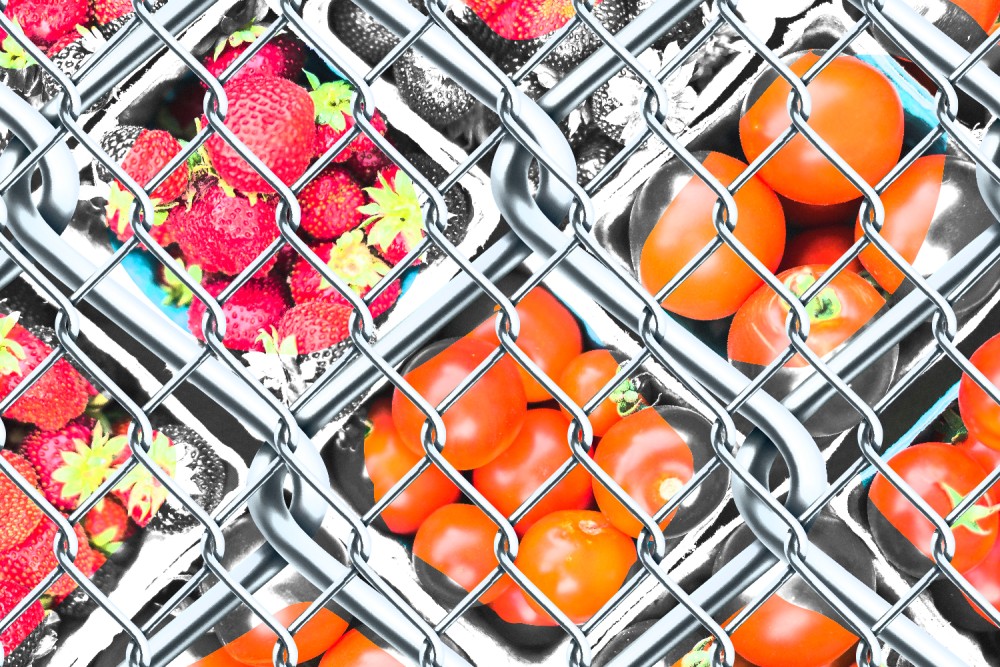SNAP under siege
Federal debt default has been averted. The price is more restrictions on a critical program that feeds hungry Americans.

Century illustration / Source images: Getty
Last week, with just days to spare before federal debt default, Congress passed President Biden and House Speaker Kevin McCarthy’s debt ceiling deal.
There’s no good reason an administration of any party should have to negotiate—much less at the 11th hour—for authorization to pay the nation’s bills. That said, from an anti-poverty perspective, the deal itself could be worse. Spending limits are less draconian than in the last deal of this kind, from 2011. And while deficit reduction can tempt recession, in the current climate it may also help cool inflation. What’s more, the deal includes some limited measures to expand access to federal assistance.
Yet it also bears the hallmarks of austerity policy that specifically targets the social safety net. Allegedly about deficit reduction, it in fact addresses only the spending side of the deficit coin—Biden’s proposed tax increases on the wealthy didn’t make it in. And limits on discretionary spending exempt the largest category by far: the Pentagon. Instead, the poor are left to bear the brunt.
Read our latest issue or browse back issues.
In particular, many Americans will find it harder to access food assistance. New work requirements will push some people out of the Supplemental Nutrition Assistance Program, while others will have strict time limits imposed on their SNAP access.
Meanwhile, the COVID-related expansion of SNAP benefits expired in February, and eligibility guidelines tightened with the end of the emergency declaration in May. All this at a time of high inflation driven substantially by food prices.
Nor will SNAP be off the chopping block anytime soon. The five-year farm bill expires in September, requiring a divided government to reauthorize its provisions. SNAP is the most expensive one, and getting to yes may involve additional cuts.
That will create more hardship, because SNAP is one of the best anti-poverty programs we have. It fights hunger in the short term and improves health outcomes in the long term. It has low rates of error and fraud and low overhead costs. It’s designed to expand and contract automatically to keep pace with need—making it nimble both at responding to hunger in an emergency and stimulating the economy in a recession.
Most importantly, SNAP serves a critical function: it provides for a basic human need. What’s galling about a work requirements provision in a bill about spending is that it implicitly acknowledges the reality: SNAP work requirements don’t get people working because the jobs available to the poor don’t pay well enough to make up for lost benefits. Instead, such requirements simply save the government money by reducing SNAP’s reach—by feeding fewer people.
It’s become clear that GOP leaders—a group that not so long ago pushed SNAP as an alternative to cash welfare—see any contraction of the program as a good thing, even though this means people going hungry. Opponents of public food assistance often point to private efforts as a better way, but people in the direct-service trenches know that there is more than enough need to go around. The alternative to SNAP isn’t churches and charities stepping up; they’re already doing that. The alternative to SNAP is more hungry Americans. In a wealthy country with more than enough food, that’s unacceptable.





